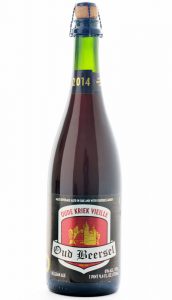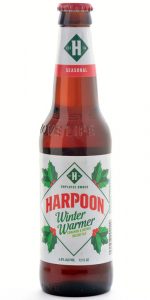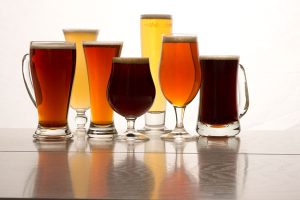 Aside from the sample bottle of Oude Kriek Vieille crossing my desk this month, it’s been a while since I’ve had a cherry beer. It got me flipping through my copy of LambicLand, and scrolling through old cherry-beer notes, and I wanted to revisit (and suggest, if you haven’t tried these already) five classic cherry beers I’m really looking forward to trying again. Let us know on Twitter via @RareBeerClub what classic cherry beers come to mind for you.
Aside from the sample bottle of Oude Kriek Vieille crossing my desk this month, it’s been a while since I’ve had a cherry beer. It got me flipping through my copy of LambicLand, and scrolling through old cherry-beer notes, and I wanted to revisit (and suggest, if you haven’t tried these already) five classic cherry beers I’m really looking forward to trying again. Let us know on Twitter via @RareBeerClub what classic cherry beers come to mind for you.
Russian River Supplication (to start off with a local) is generally my go-to on the Belgian-style side of their menu. Transcendent dark nectar featuring sour cherries and aged in Pinot Noir barrels, including a mixed ferment of Brett, Lacto, and Pedio. New Glarus Wisconsin Belgian Red always felt like the perfect Thanksgiving beer, brimming with over a pound of Door County Montmorency cherries per bottle (working out to like 600 grams/L, if I didn’t screw up the math). Vibrant cherry-pie character and effervescence; perfect for turkey. Shout out to Matt for the Midwest pickups. Cantillon’s Lou Pepe Kriek, which was weirdly my first sour beer, features 300 grams per liter of Schaerbeek cherries with two-year-old lambic, and it packs an expressively acidic, cherry-laden punch (ditto for 3 Fonteinen’s Schaarbeekse Kriek). Lost Abbey Cuvee de Tomme adds in raisins, candi sugar, and fermentation inside of a Bourbon barrel, resulting in a huge and hugely unique classic cherry beer. And can’t help but mention Rodenbach Alexander: a blend of aged and fresh beers with macerated sour cherries added, first brewed in 1986 for what would have been Alexander Rodenbach’s 200th birthday. A brilliant special release from Rodenbach that aged very gracefully (my first taste was from a bottle hitting its prime around 10 years), this thankfully got un-retired in 2016.






